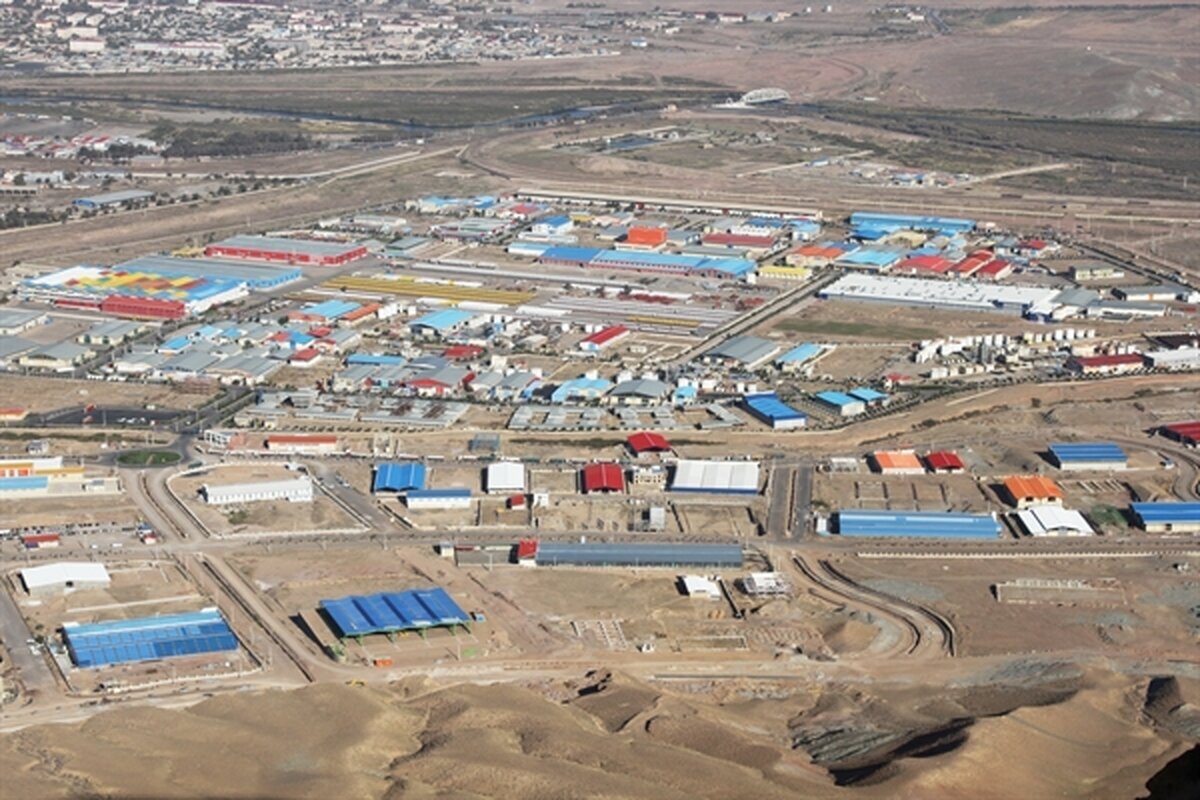Iran-Iraq 1st free zone to be set up by next March

TEHRAN- Hojatollah Abdolmaleki, the secretary of Iran’s Free Zones High Council, announced the desire of Iraq to establish a joint free zone with Iran and said the first joint free zone of the two countries will be set up by the end of the current Iranian calendar year (March 20, 2024).
The prime minister of Iraq has considered an area in Iraq's Wasit province near the Mehran border for the creation of a joint Iran-Iraq free zone, the studies of which are underway, the official announced.
Restating that the first joint free trade zone between Iran and Iraq will enter the operational stage by the end of the year, he added: “Iraqi investors are interested in exporting their goods to other places in order to meet their needs and develop trade by passing through Iran and accessing the Indian Ocean and open waters from Iran's free and special economic zones.”
In an exclusive interview conducted by the Tehran Times in mid-June, the official said: “We have negotiated to set up joint zones with 18 neighboring and non-neighboring countries. These are the new generation of free zones in the world.”
Most of the countries are neighbors and some are non-neighbors like China and Uzbekistan, he added.
In relation to these zones, there are two main things: First, the rules of work for the entrepreneurs of the two countries will be the same there; and second, all laws of free zones will be according to international standards, the official stated.
Meanwhile, exchanging land and services is possible according to the laws, he added.
First of all, this work is an important model in nullifying the sanctions and secondly, it greatly facilitates the trade between Iran and those countries, Abdolmaleki further noted.
Three or four joint free zones will probably be established by the end of this year, the official announced.
Abdolmaleki also negotiated with the officials of the free trade and special economic zones of Uzbekistan about the establishment of a joint free zone between the two countries, during a two-day visit to Tashkent in late April.
He participated in the international investment meeting of Uzbekistan, which was held in the presence of the president and other high-ranking officials of this country and heads of international and regional financial organizations and institutions.
By visiting several free and special zones of Uzbekistan, the Iranian official discussed the benefit and use of joint capacities and opportunities for investment and trade between the two countries
The establishment of free trade zones (FTZs) in Iran dates back to the Iranian calendar year 1368 (March 1989 - March 1990) following the fall in the country’s oil income in the preceding year which prompted the government to promote non-oil exports.
The first two free trade zones of Iran were established in the south of the country. The first one was Kish Free Trade Zone established in 1368 on Kish Island in the Persian Gulf and the second one was Qeshm Free Trade Zone established the year after on Qeshm Island in the Strait of Hormuz.
Some five other free trade zones have been also established in the country since then, including Chabahar in southeastern Sistan-Baluchestan Province, Arvand in southwestern Khuzestan Province, Anzali in northern Gilan Province, Aras in East-Azarbaijan Province and Maku in West-Azarbaijan Province, both in the northwest of the country.
The development of existing free trade zones and the establishment of new FTZs has become one of the major economic approaches of the Iranian government.
Last December, the secretary of the Free Zones High Council said that this council is seeking to modify the country’s free trade zones (FTZ) comprehensive law.
Speaking in a TV program, Abdolmaleki said, “The good news for the entrepreneurs of the regions, both the current ones and those who, God willing, will soon join us, is that we are looking for the modification of the so-called comprehensive law.”
“The free zones have been relatively successful, although they also had failures; What is our main goal is to guide the free zones to that main path and those goals that are considered in the resistance economy are the increase of exports and foreign investment and the transfer of technology and also meeting the country's needs”, the official stated.
“We follow two approaches or two general strategies in the new period of management in the free zones. Our first approach is to popularize the free zones and our second approach is to globalize these zones”, he added.
MA
Leave a Comment